Top 7 Graphic Design Trends to Watch in 2025
From vibrant colors and dynamic typography to sustainable design and nostalgic styles, these trends will define the year’s visual landscape
July 21, 2025
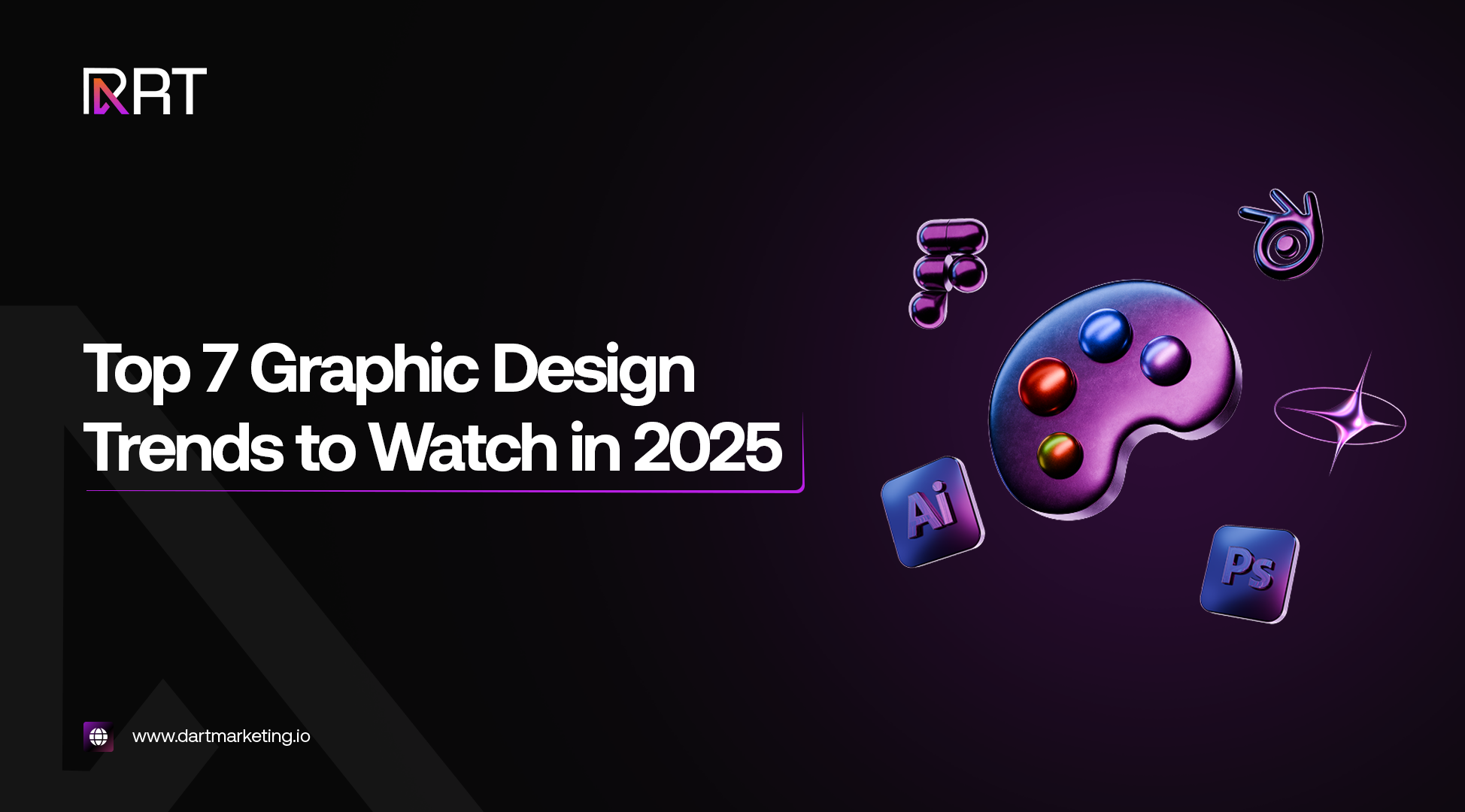
As we step into 2025, the graphic design landscape is pulsating with new vitality and innovation. From the resurgence of bold typography to the experimental realms of AI-driven aesthetics, this year promises to redefine our visual experiences.
Whether you’re a seasoned designer, a brand strategist, or simply a design enthusiast, staying ahead of these trends is crucial for crafting captivating visuals that resonate in today's dynamic digital world.
In this blog, we'll dive into the seven groundbreaking graphic design trends that are set to dominate 2025, each blending nostalgia with novelty to shape the future of design. Get ready to unleash your creativity and explore how these trends can transform your projects and campaigns into visually stunning masterpieces.
1. Playful Finishes
Mismatched and bright is all about embracing vibrant, contrasting colors and playful mismatched fonts. These trends combine different font styles, sizes, and widths with unexpected color contrasts — think neon yellows paired with deep purples.
It’s a quirky aesthetic that’s perfect for standing out and catching attention. Designers play with asymmetry, irregular spacing, and bold typography to give designs a unique, fun vibe. It’s a playful approach that adds personality and charm to any brand.
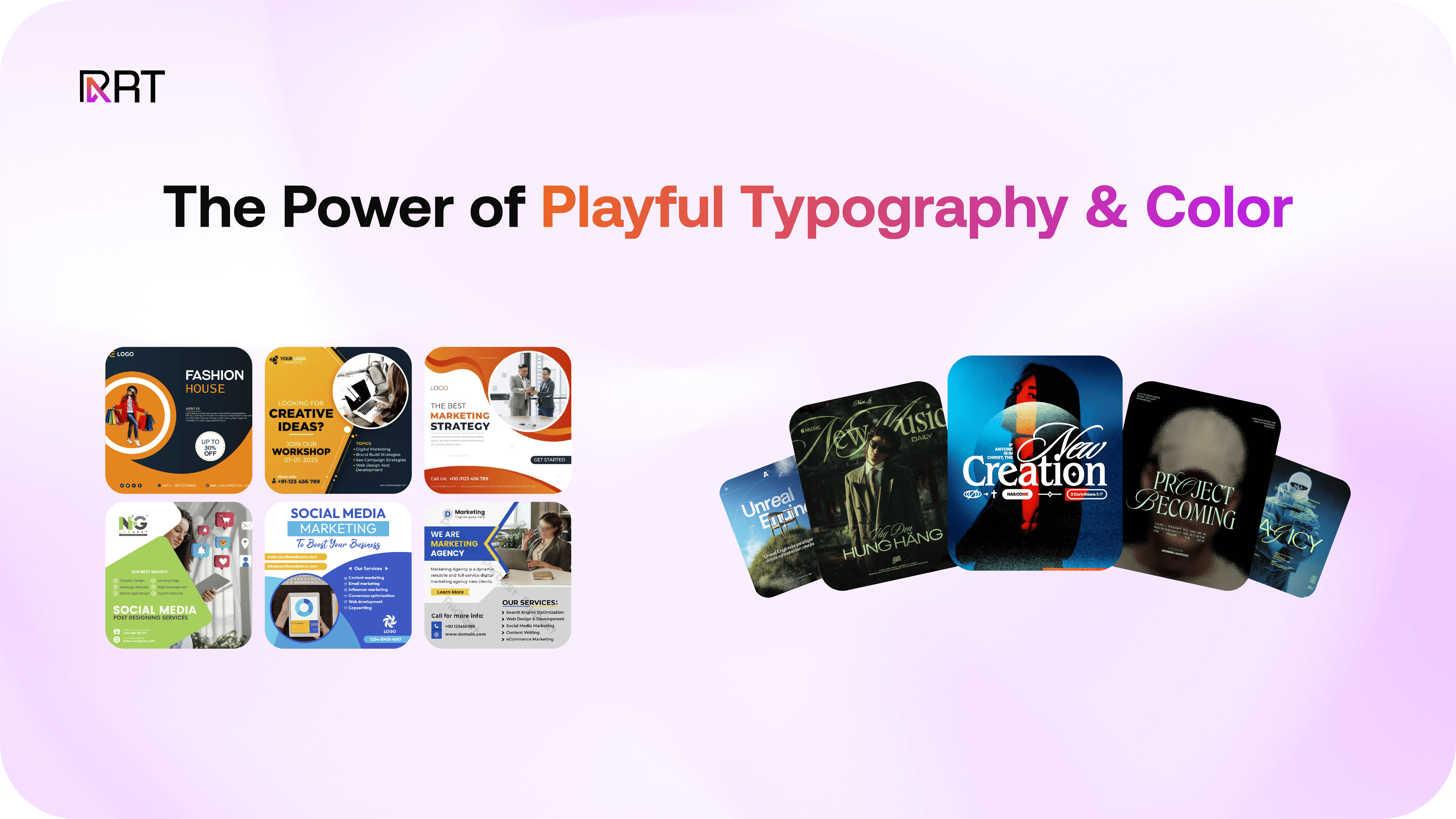
2. Modern Revival
Modern Revival is a design movement that reimagines the elegance of the past with a fresh, contemporary twist. It takes inspiration from vintage aesthetics—drawing from Art Nouveau, early 20th-century posters, and classic typography—while refining them with modern minimalism, bold compositions, and high-contrast visuals. This approach creates a balance between nostalgia and innovation, offering a sophisticated yet striking style.
Key Characteristics
- Bold Typography: Clean, impactful fonts inspired by early 20th-century posters.
- Vivid Color Contrasts: Bright, expressive hues set against deep, dramatic backgrounds.
- Dark Backdrops: Rich, moody tones that amplify the intensity of colors and typography.
- Stylized Illustrations: Hand-drawn, graphic elements that echo classic Art Nouveau aesthetics.
- Ornate Details: Decorative lines and embellishments that enhance sophistication.
- Minimalist Compositions: Balanced, uncluttered layouts where typography takes center stage.
This reimagining of classic design makes an ideal choice for brands looking to merge timeless sophistication with modern appeal. Whether for luxury branding, boutique businesses, or high-end hospitality, this aesthetic creates a memorable, refined identity that bridges the past and present.
3. Bold & Vibrant
This graphic design trend, involves piecing together fonts in different widths, styles and sizes and bright, contrasting colors, much like those ’90s magazine letter cutouts but with a modern and digital twist. This playful trend emphasizes contrast and imperfection, allowing small businesses to experiment with a quirky aesthetic that grabs customers’ attention. And isn’t that what great design should do?
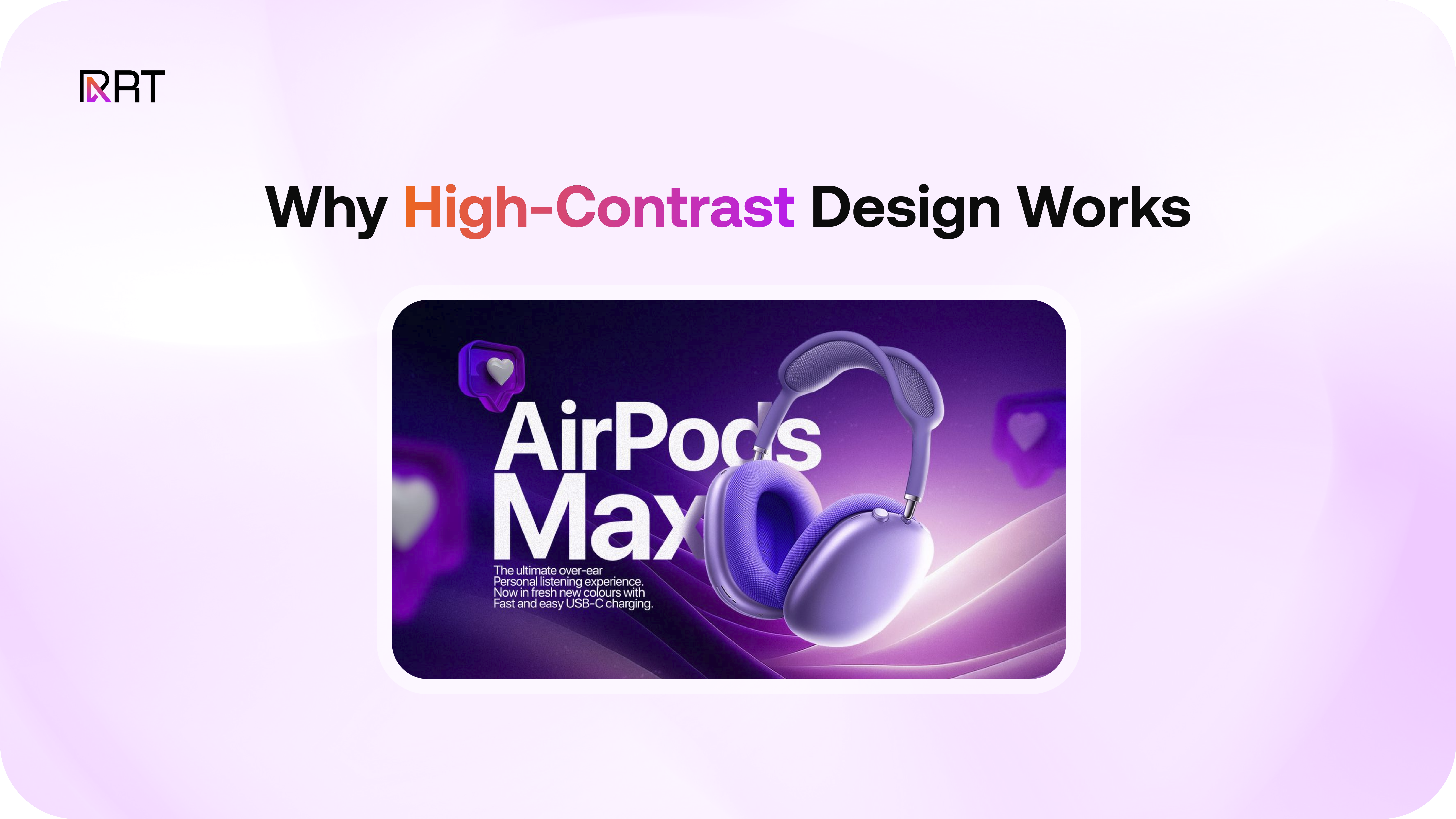
Key Characteristics:
- Expressive Typography: A mix of fonts in varying sizes, weights, and styles for a lively, unpredictable feel.
- High-Contrast Colors: Unexpected color pairings—think electric blues, neon pinks, and deep purples—for maximum impact.
- Asymmetrical Layouts: Irregular spacing and offbeat arrangements to keep designs fresh and engaging.
- Unique Wordmarks: Bold, funky typography that gives brands a strong, memorable identity.
4. Vintage Links
Vintage Links is a design trend that revives the charm of early digital aesthetics while integrating modern design principles. Inspired by the raw simplicity of early computer interfaces, this style embraces structured layouts, pixel-perfect details, and nostalgic color schemes. It transforms the essence of retro technology into a sleek, contemporary visual identity that feels both familiar and fresh.
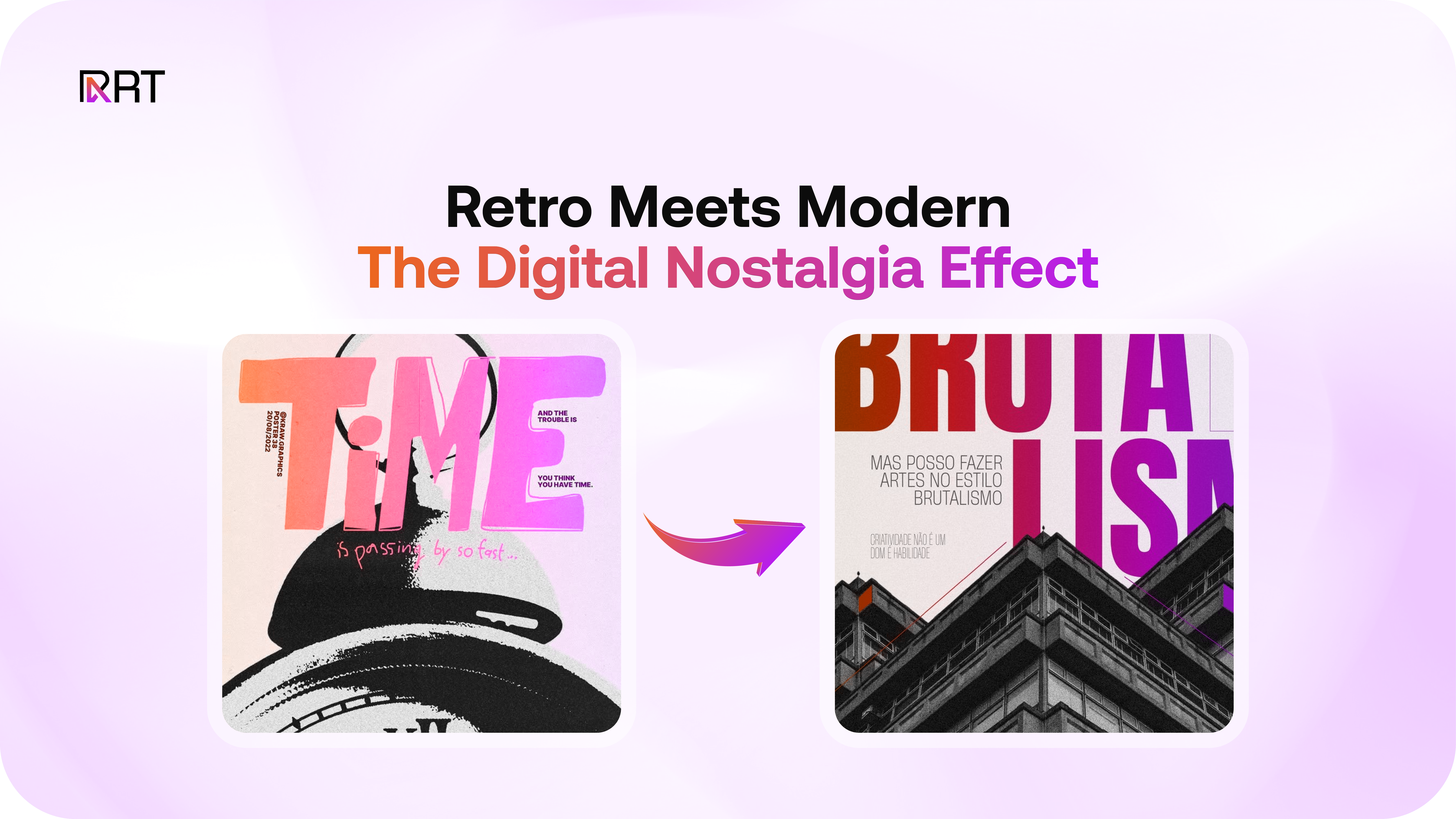
Key Elements:
- Geometric Simplicity: Structured grids, sharp angles, and clean lines reminiscent of early digital design.
- Muted Retro Colors: Soft primary hues and understated tones that echo vintage computer screens.
- Minimalist Composition: Uncluttered, straightforward layouts that balance nostalgia with modern aesthetics.
- Tech-Inspired Elements: Pixelated fonts, ASCII art, and classic digital icons for an old-school touch.
- Authentic Yet Innovative: A fusion of classic computer aesthetics with a refined, contemporary feel.
This trend is ideal for brands that want to capture the essence of early digital culture while maintaining a polished, modern identity. Whether used in branding, web design, or packaging, Vintage Links offers a stylish way to evoke retro charm while staying relevant in today’s digital world.
5. Scrapbook Styles
Scrapbooking Styles reimagine the charm of traditional scrapbooks in a refined yet expressive digital format. This design trend transforms nostalgic, handcrafted aesthetics into structured, visually engaging compositions that feel both playful and polished. By layering images, textures, and decorative elements with intentional balance, Scrapbooking Styles bring a sense of warmth and personality to modern branding.
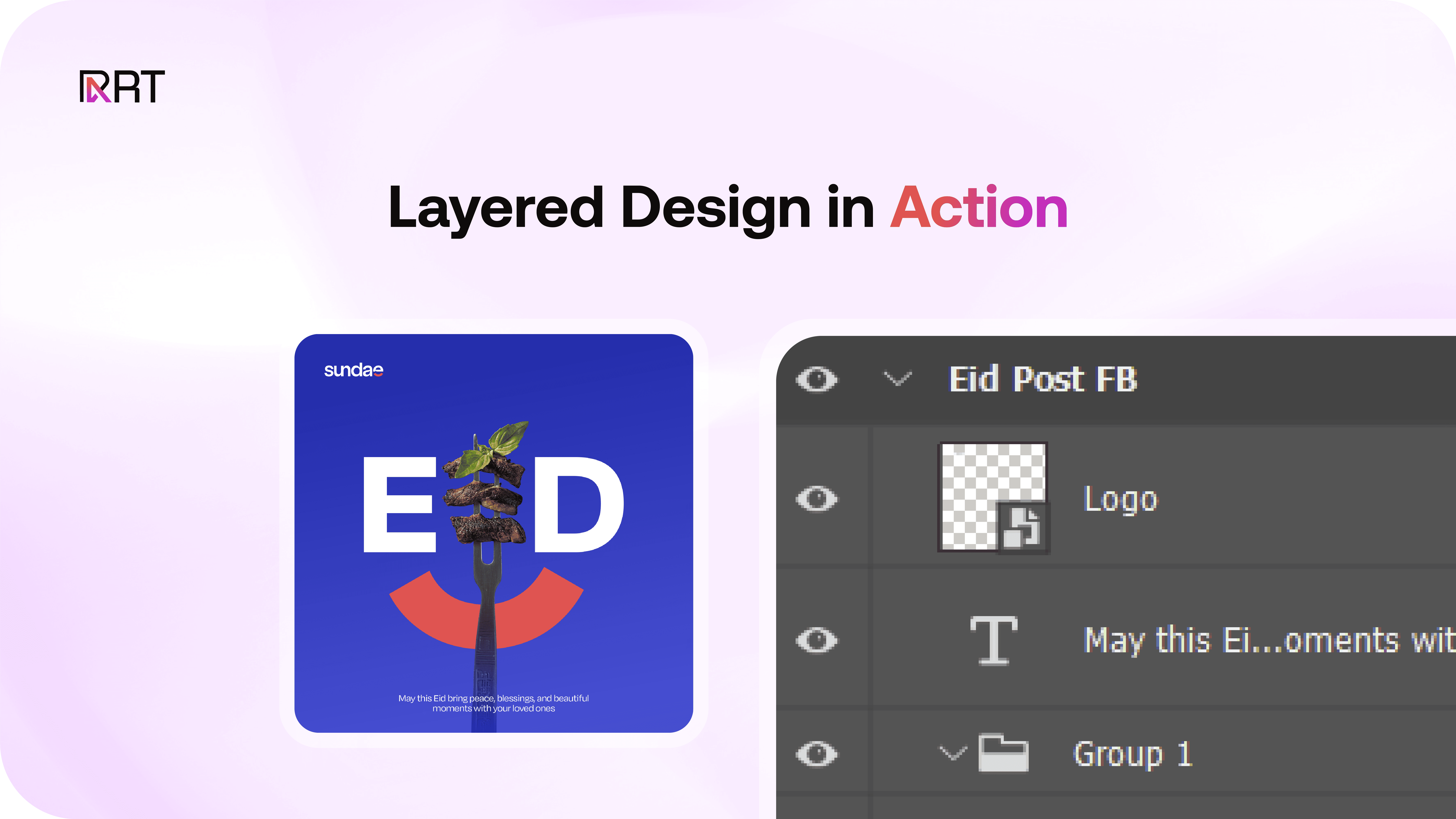
Key Features
- Layered Composition: Thoughtfully arranged cutouts, overlapping photos, and decorative accents.
- Textured Details: Elements, like torn paper edges, tape, and Polaroid-inspired frames, add depth.
- Handmade Aesthetic: Doodles, sketch-like illustrations, and handwritten typography for a personal touch.
- Structured Playfulness: A balance of creativity and organization that enhances visual storytelling.
Perfect for creative brands, lifestyle businesses, and event marketing, Scrapbooking Styles offer a nostalgic yet refined way to engage audiences. Whether used in branding, social media, or packaging, this design trend adds warmth, personality, and a storytelling charm to any visual identity.
6. Subtle Complexity
Subtle Complexity is a fresh take on modern design that embraces both restraint and experimentation. Instead of overwhelming compositions, it relies on simplicity—but with a twist. Clean layouts are amplified with bold typography, unexpected color contrasts, and striking focal points, making minimalism feel dynamic rather than subdued.
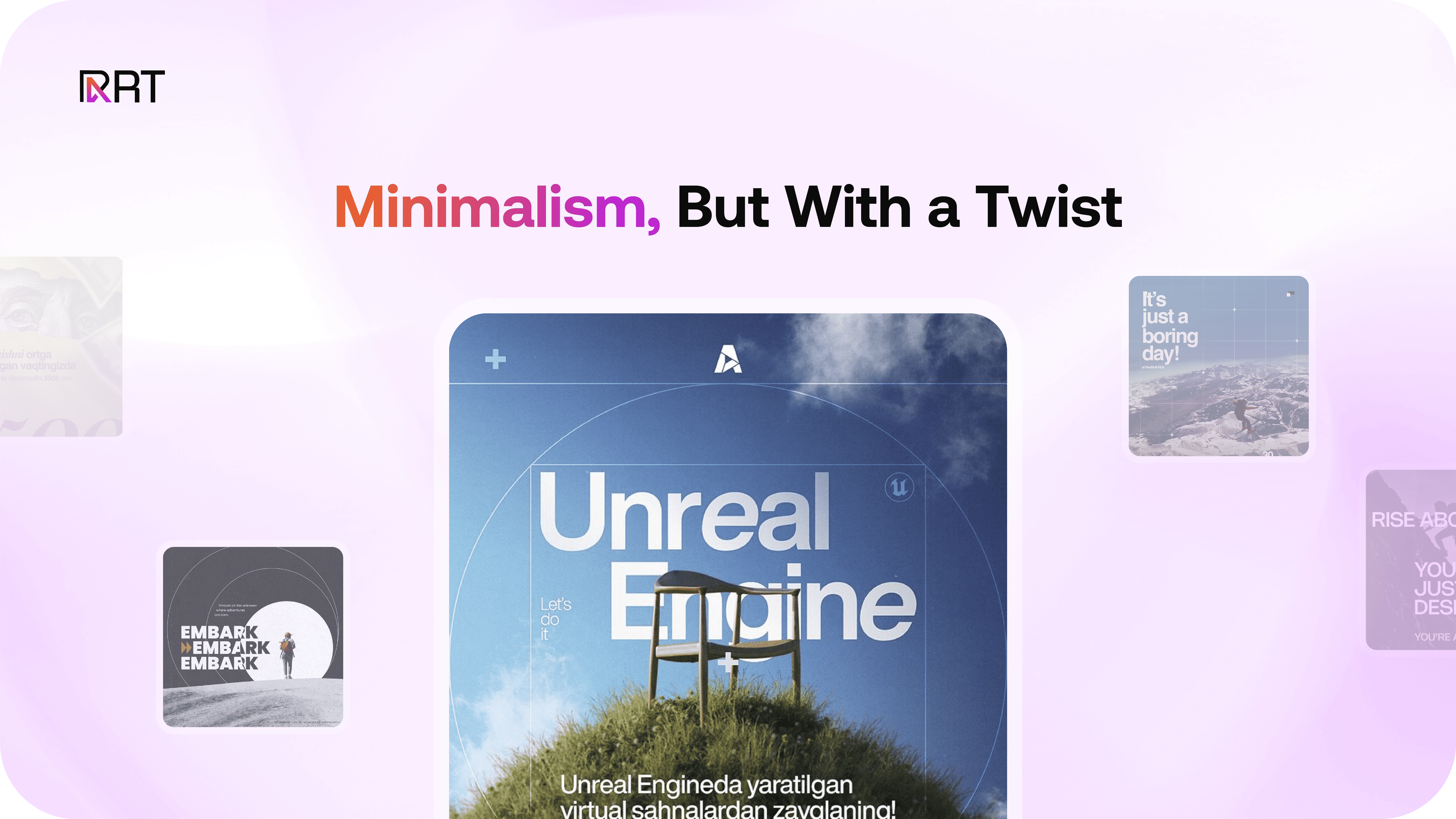
Key Characteristics
- Strong Typography: Minimalist fonts with a bold, experimental edge.
- Unexpected Color Play: Vibrant, sometimes unconventional color pairings that stand out.
- Intentional Simplicity: Clean layouts that use contrast and negative space for maximum effect.
This trend resonates with brands that want to appear modern and sophisticated while maintaining a strong visual identity. Whether in fashion, tech, or editorial design, Subtle Complexity offers a sleek yet unconventional way to capture attention.
7. Functional and Serene
The Functional & Serene design trend embraces simplicity, balance, and practicality, creating visuals that feel effortlessly calming and refined. Rooted in the philosophy that less is more, this trend focuses on clean compositions, soft color palettes, and organic textures to achieve a timeless and harmonious aesthetic. It strips away excess, allowing thoughtful design elements to shine without distraction.
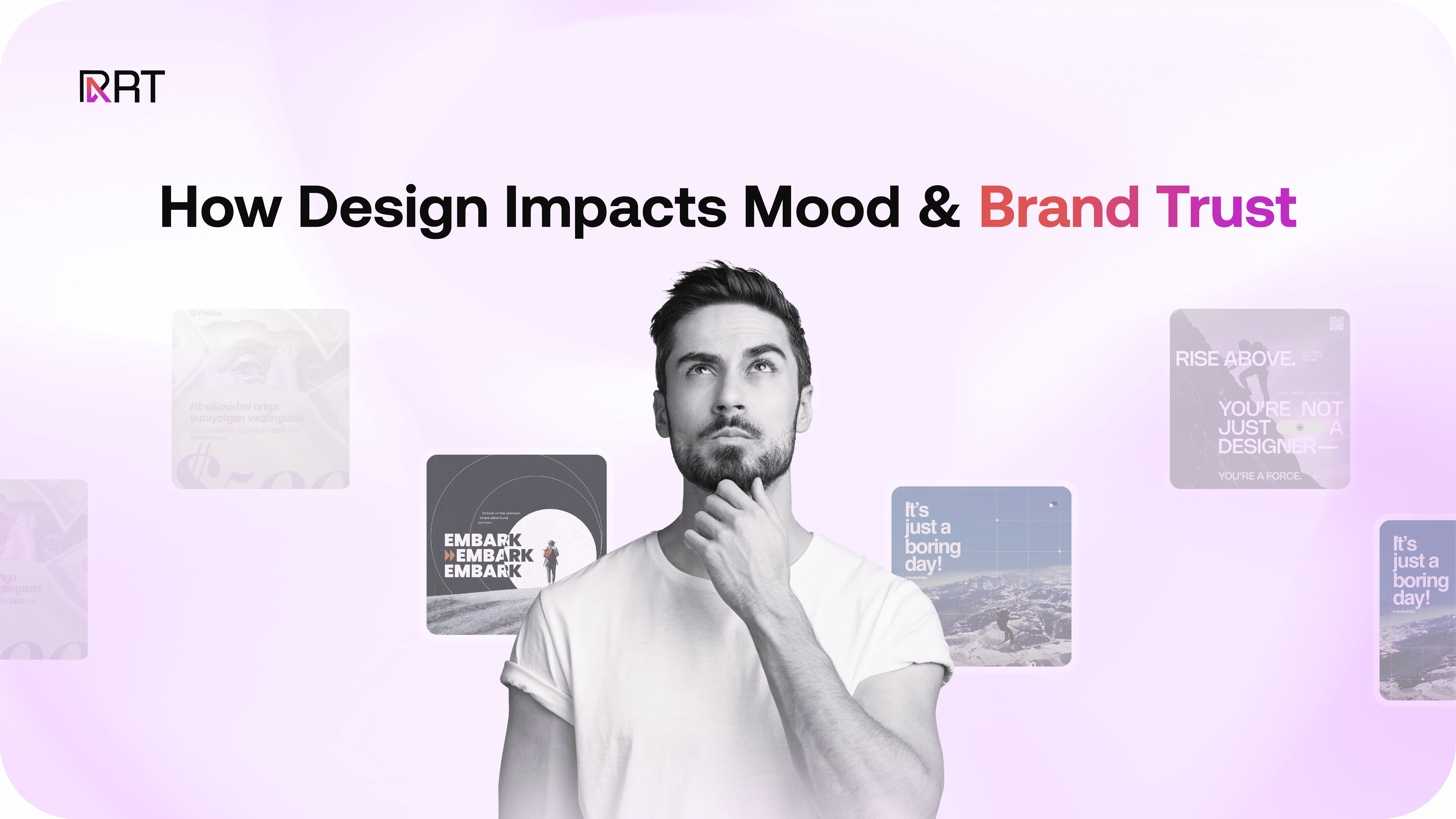
Key Characteristics
- Earthy Textures: Subtle patterns inspired by natural materials like wood, stone, and linen.
- Muted Color Palettes: Soft neutrals and warm undertones that create a sense of tranquility.
- Minimalist Functionality: Practical, clutter-free layouts that prioritize ease of use and readability.
This trend is ideal for brands looking to communicate authenticity, wellness, and understated elegance. From beauty and wellness companies to sustainable fashion and mindful tech brands, Functional & Serene offers a fresh, grounded approach to visual identity—one that resonates with modern audiences seeking simplicity and calm in a fast-paced world.
Wrapping Up..
As we move through 2025, graphic design continues to evolve, blending past influences with modern innovation. This year's trends showcase a dynamic mix of bold expression, nostalgic references, and refined simplicity.
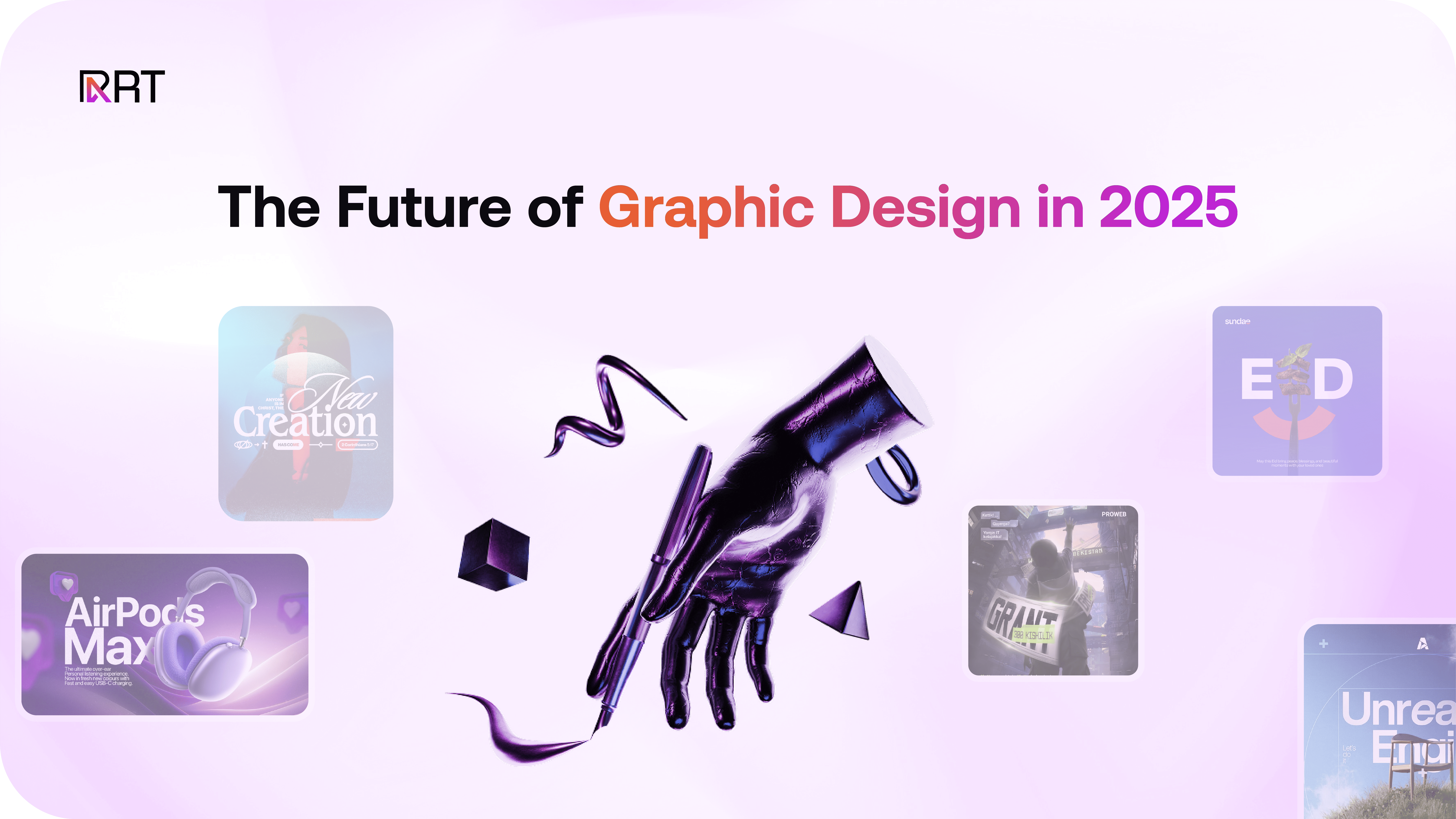
Graphic design in 2025 will be more than aesthetics—it will be about storytelling, connection, and creating visuals that resonate in an ever-changing digital world.
By understanding and incorporating these emerging trends, designers and brands can craft compelling, memorable experiences that stand out. So, as you plan your next project, consider how these trends can help you shape the future of visual communication.

.png)
.png)
.png)
.png)